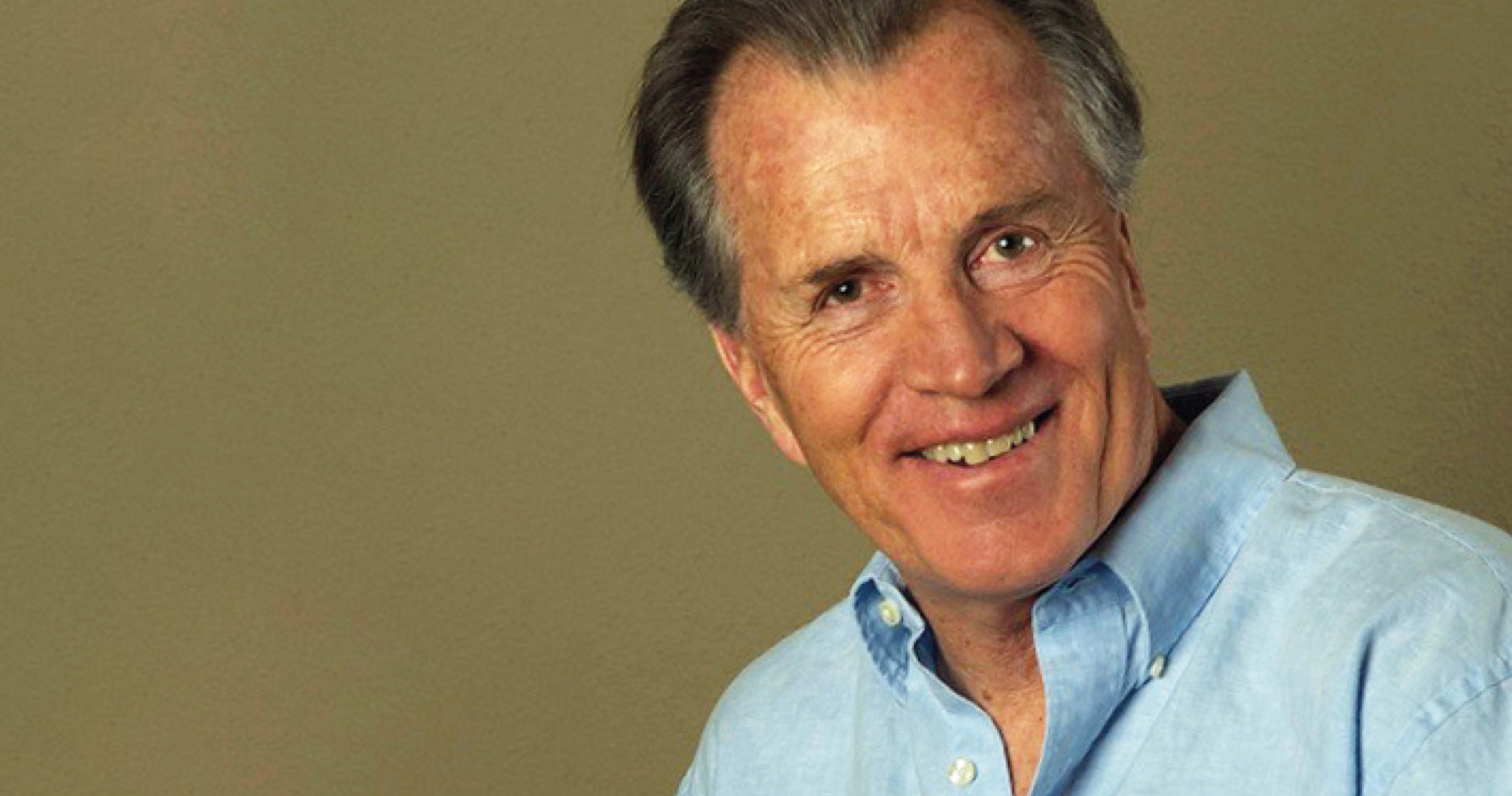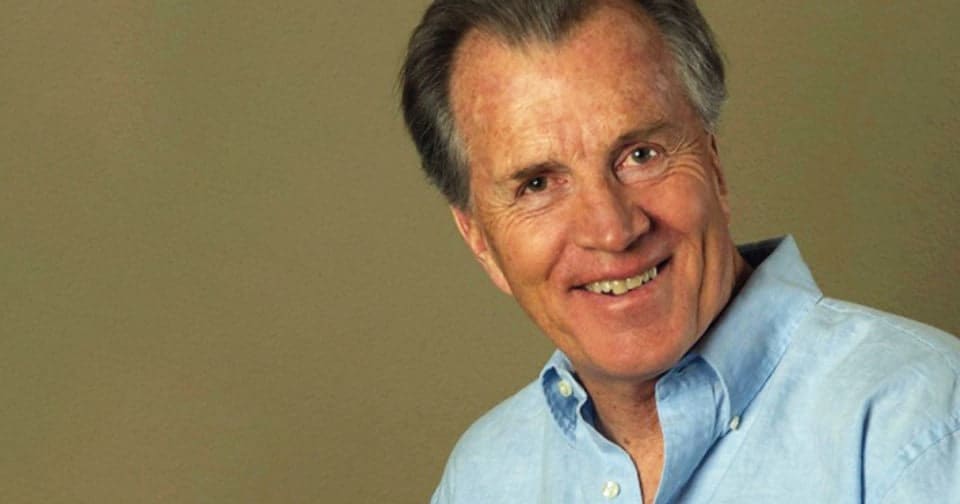
We get paid for results. We engage people to engage ideas. We want folks to pay attention to our stated intention.
In the process it’s possible to sound like a broken record, or unintentionally put the audience to sleep.
Here are three tips to get better results, at speed, with more inclusion and much more innovation:
Make “I” statements
“I” statements are either singular or collective. “I” statements acknowledge accountability, ownership, and connection.
“I” singular includes: I, me, my, mine. Collective “I”: We, our, each of us, all of us, any one of us, every one of us, and more.
Why is this important? There is a difference in energy and connectedness depending on the position from which we choose to lead any conversation or meeting.
Example 1 – Imagine speaking to a small team:
“I need you to get these drawings done by the deadline. Do you have any questions?”
Example 2 – An alternative:
“Our goal is to have drawings complete on deadline by everyone on this team. What questions does anyone have?”
The difference between example 1. and 2. is subtle. There’s nothing intrinsically wrong with example 1; however, #1. “Tells.”
In example 2, there’s more inclusion. There’s also an expectation of questions. This offers engagement and support to the team. It engages and builds trust in the team. “It’s expected that we have questions.”
From my colleague Patti Wilson
There are four ways to say anything. The question is, with this person in this moment with this topic, which of the four is going to be the most effective to get the results we need?
I can ask a question:
“What will it take to get your drawings done by the defined deadline?”
Hint: A question has a question mark (?)
I can “join” the person with a please or thank you, an appreciation of their effort:
“Thank you for getting your drawings done by our defined deadline.”
Hint: Joining includes “please”, “thank you”, “I appreciate”, “let’s”, etc.
I can tell them what to do:
“Get your drawings done by the defined deadline.”
Hint: Do this, do that.
I can be a cheer leader or provocateur:
“Thanks for getting your drawings in on deadline!”
Or, “Great question about your deadline.”
Hint: Cheer leader has an exclamation mark! Sarcasm is not being a cheer leader.
Remember 7/35/58
Two global studies show us the way one person translates another’s communication is a blend of word choice, body language and tone of voice.
7% comes from word choices. 35% translates from tone and voice inflection. 58% translates from body movement, both subtle and not, and facial expression. From additional studies, we have 3,000 human facial expressions that translate identically regardless of nationality.
So, have your 7, 35, and 58 aligned. When words say one thing and body language or tone of voice say another, we set up mixed signals for clients or our staff – results and esprit de corps drop.
In all communication Add value, do no harm. If what you want to say or do doesn’t add value, don’t do it or say it.
Please be in touch with any questions you’ve got; or for a training schedule to learn more.
Rudy Miick FCSI is the founder and president of The Miick Companies, LLC.
Send your questions or comments to rudy@miick.com




